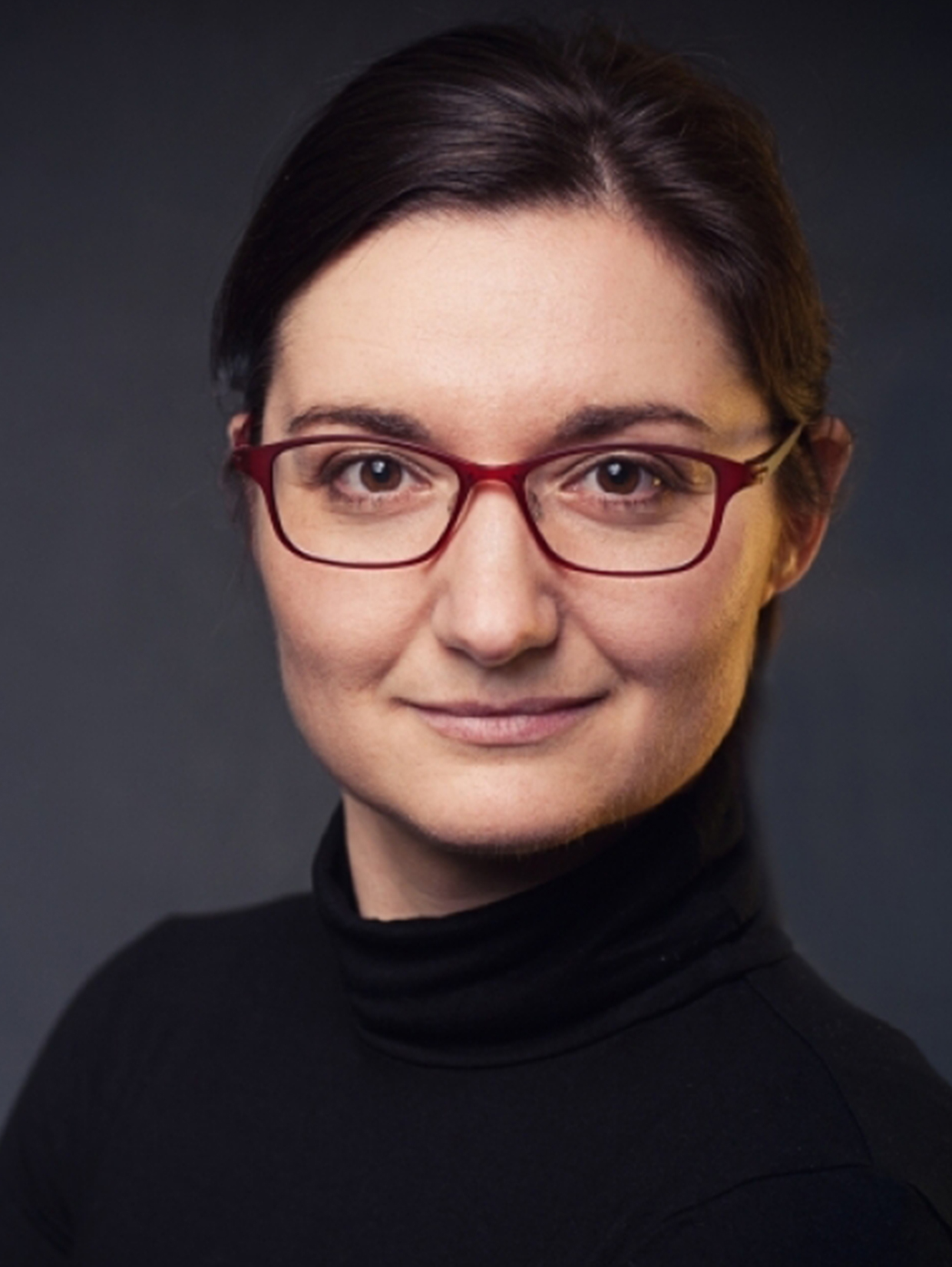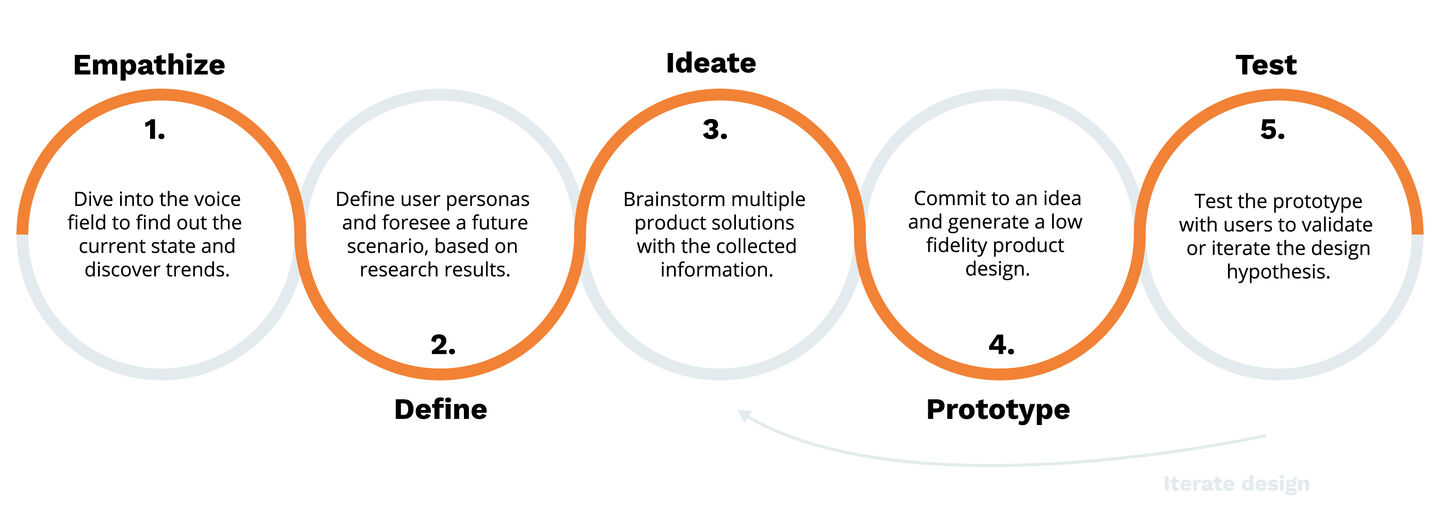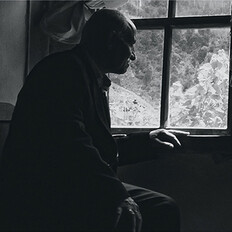We love voice and conversational interfaces. And we are always open to innovative collaborations and idea exchange.
In the next minutes, you will read about our inspiring collaboration between VUI.agency and the AMD Akademie Mode & Design in Munich, where eleven students explored the future of voice, and developed a future scenario. Under the guidance of some of VUI.agency’s specialists, the students went through all the phases of the design thinking process and developed a voice project prototype.
With this project, we also introduced the students to some of the central methods that we use in our projects with top DACH companies, including persona design, future trend analysis, problem solving, innovation design, and design thinking.




